If you ever feel zoned out, mentally exhausted or emotionally overwhelmed, you know what you should do? Give a chance to mandala art therapy; simply grab your colors and start drawing and coloring your heart out. Also known as mandala of healing, it can be really great for your mind, body and spirit.
These complex, balanced designs have been charming people into arts and spiritual quests for ages. They’re not just lovely designs that catch your eye, they can be really great for your mental health.
So, are you ready to know the great benefits of mandala art and what is mandala art therapy? Let’s begin then!
Related: How Mandalas Can Help Reduce Stress and Anxiety
What Is Mandala Art Therapy?
Picture yourself entering a space where you can see the colors move, lines spiral, and the shapes seem to wake up. You’ve just entered the enchanting world of mandala art therapy. Think of it as a fun area for your brain, a spot where you can forget your stress and dive into making detailed mandalas.
But you might wonder, what’s mandala art therapy, and how can it heal you? Well, it’s a therapeutic practice that combines the ancient art of mandalas with the healing power of self-expression.
By exploring different colors, patterns, and symbols, you get in touch with your inner artist, and in the process, unlock a treasure trove of insights, emotions, and personal growth.
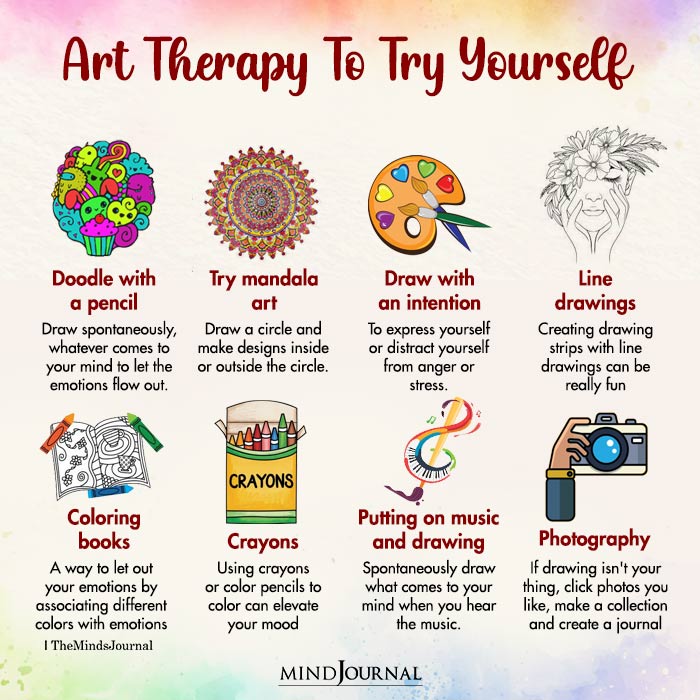
Now that we know what mandala art therapy is, let’s talk about the benefits of mandala art.
Mandala Of Healing: 8 Benefits Of Mandala Art
1. Mandalas can relax you.
Coloring mandalas is more than just a hobby, it’s a way to reset your mind. These detailed patterns are not just nice to look at, they can actually help you relax. When you focus on the swirls and shapes of the patterns, all the noise in your mind fades away and you notice that you’re able to stay in the present.
It’s like giving your mind a soothing massage, easing all your tensions and leaving you feeling as cool as a cucumber. So whenever life starts to feel a bit too much, turn to mandala of healing. Your mind will thank you.
2. Mandalas are an excellent alternative to meditation.
If you’re someone who finds it hard to sit still and practice meditation, because your mind is racing way too much, then mandala art therapy can be an amazing hobby for you.
Just pick up some colors and dive straight into the captivating patterns of mandalas, and I can assure you, it’ll serve as an one-way ticket out of stress town. Plus, research shows that it’s as beneficial for your brain as traditional meditation is. So, the next time you feel you need a break and you need to relax, turn toward the mandala of healing.
3. Mandalas can help you boost your creativity.
Did you know that coloring could be this awesome? Whether you indulge in mandala art in a phone app or in a proper coloring book, it’s equally enjoyable and relaxing. Moreover, mandala art therapy can also act as a training ground for your creativity.
When you’re diving into those intricate patterns, and playing with so many different colors, your creativity is getting a real workout, which you might not even notice. What’s more, it’s an excellent way to take a break from your usual routine and let your mind run free.
Related: Mandala Meaning: How the Sacred Circle Helps Us Reconnect With Ourselves
4. Mandalas can help you reconnect with your inner child.
We mostly associate coloring books or simply the act of coloring with our childhood, however once we turn into adults, we leave those crayons behind, thinking that we have outgrown them.
However, this simple hobby is more than just a hobby really; coloring can really bring a lot of calm and joy to your mind, and spirit, while also activating the parts of your brain linked to senses and creative thinking.
Mandala art therapy is almost like a form of meditation. It zeroes in your thoughts on what you’re doing, helps you be more creative, and also helps you reconnect with your inner child.
5. Mandalas can be really great for your immune system.
Yes, you heard that right! It turns out that mandalas are more than just attractive designs and patterns, they’re practically a cosmic shot of immunity. By busying yourself with these intricate patterns, you’re not just boosting your creativity and calming your mind, you’re also improving your immunity.
You might notice that you’re sleeping better, your aches and pains feel more manageable, and you’re also able to focus more. Long story short, this is one of the best benefits of mandala art and should easily convince you about the beauty of mandala of healing.
6. Mandalas can help in emotional healing.
Do you ever feel as if your emotions are all over the place, like a storm’s brewing in your mind? Well, mandala art therapy can be your perfect outlet. As you get lost in those detailed patterns and begin adding color, you actually start expressing what you’re feeling inside.
It’s surprising how it can reveal feelings you weren’t even aware of. But that’s the beauty of it! When you transfer those emotions onto paper, you’re not just creating art, you’re finding relief and healing too.
Related: 15 Art Therapy Exercises to Banish Anxiety and Channel Your Emotions
7. Mandalas can help you improve your problem-solving skills.
One of the most interesting benefits of mandala art is that it can really help you improve your problem-solving skills. Delving into mandala art is more than coloring inside the lines, it’s nothing short of a mental gym session.
As you work through the complex patterns, you might hit some tricky spots however, every tough spot is a little riddle for you to figure out, which pushes you to be more inventive and resourceful. So when you’re up against a tough nut to crack, pick up a mandala. It’s time to let your problem-solving skills sparkle!
8. Mandalas and self-expression go hand in hand.
Who says you need words to express yourself when you can use mandala art? It’s all about letting your emotions flow onto the paper without verbally expressing your feelings.
The best part is that you’re not tied down by any rules, so you can unleash your creativity and paint what’s on your mind and in your heart. Think of it as a picture journal, where you have the freedom to tell your tale with colors and patterns, not with words.
Takeaway
To sum it up, the art of mandala healing isn’t only about beautiful patterns and designs, it’s so much more than that. It’s great for your emotional and mental well-being, as well as your physical well-being.
Related: Choose A Mandala And Discover What It Reveals About You
So try out mandala art therapy now and unleash your creative side – it’s good for keeping your mind, body and spirit happy and healthy.
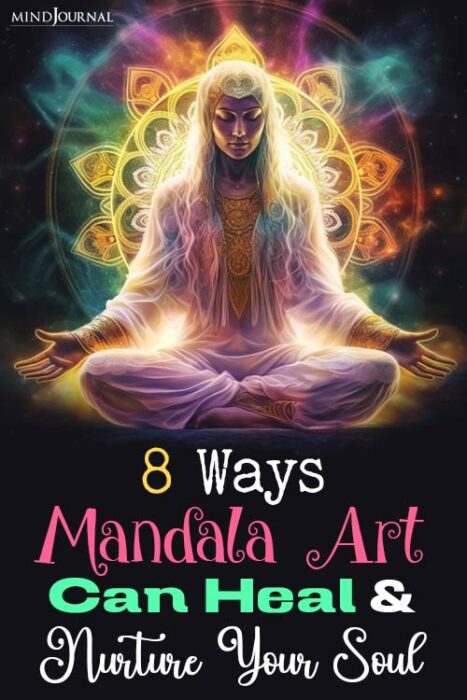

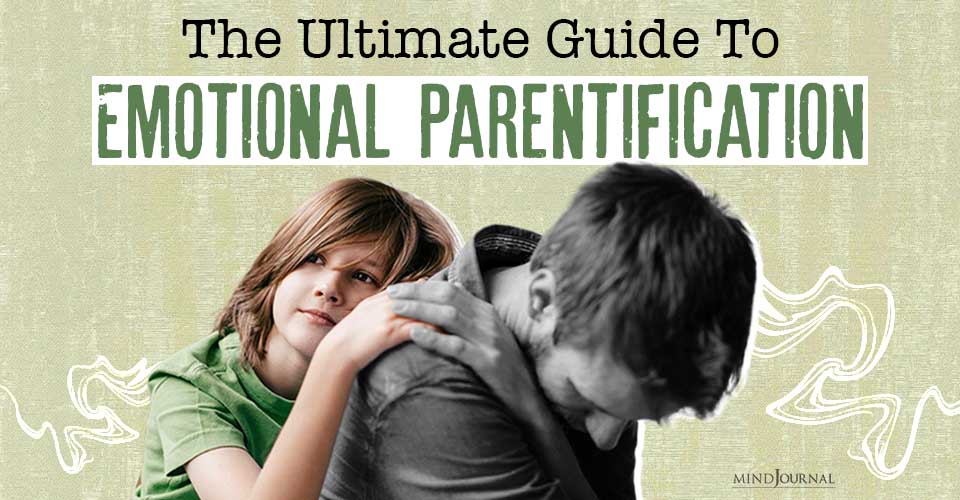

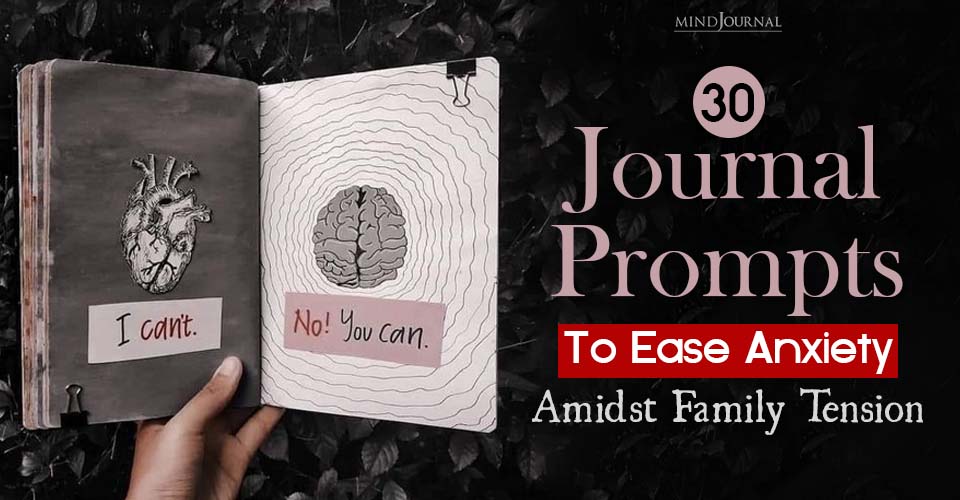
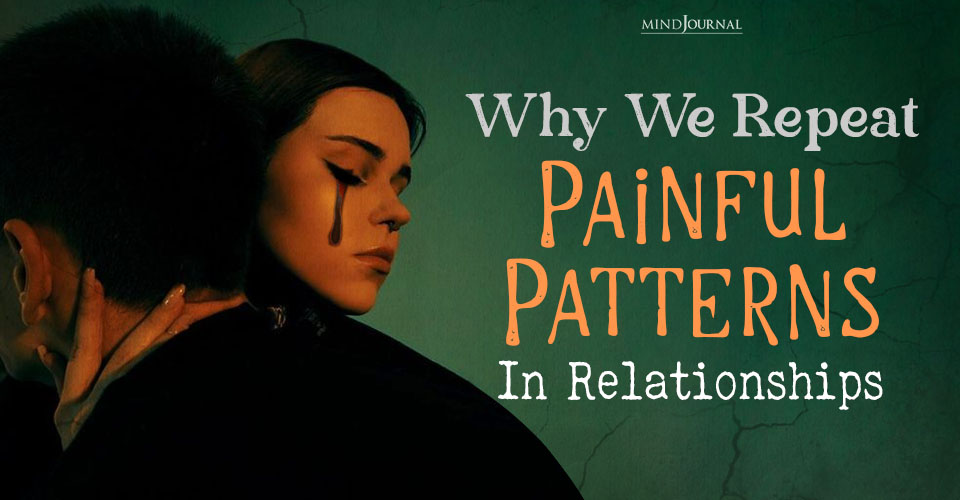
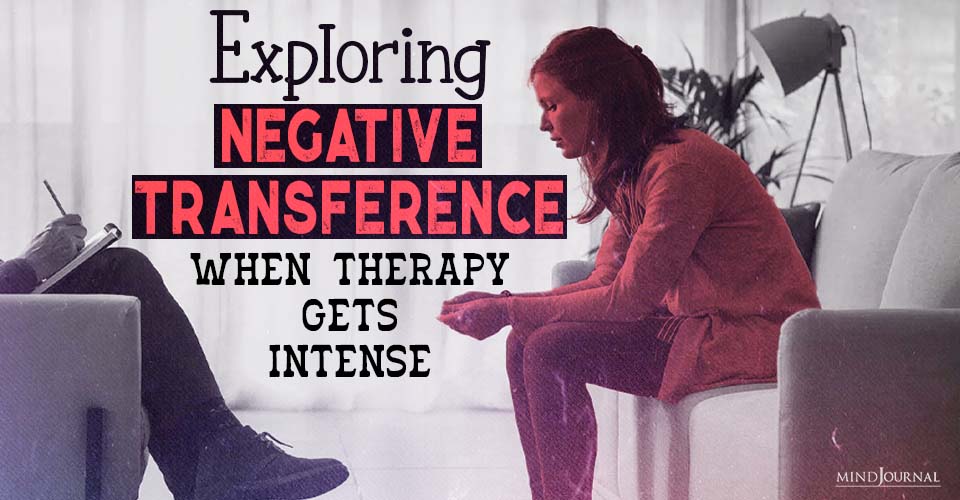
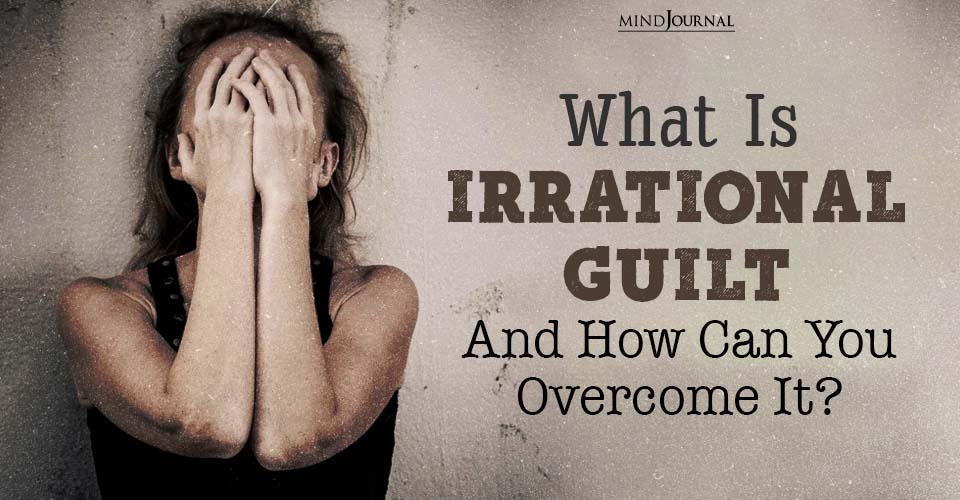

Leave a Reply
You must be logged in to post a comment.